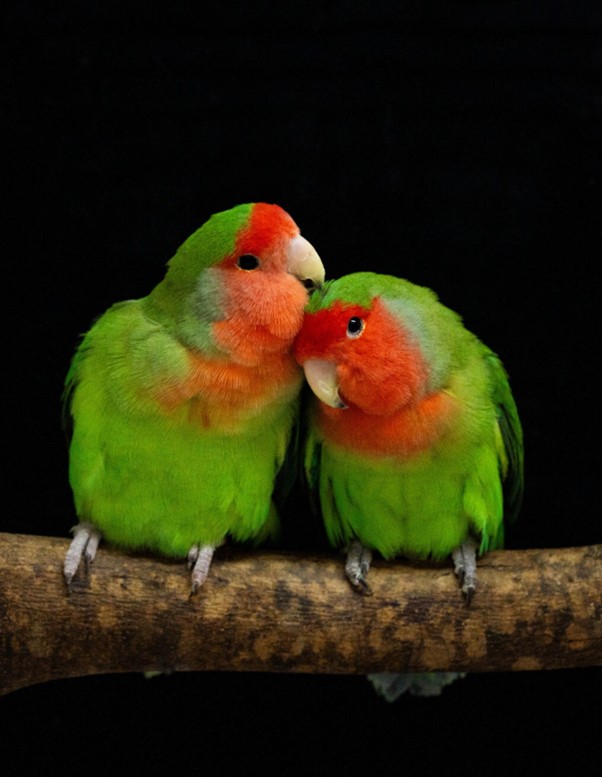Mystery of parrot colours revealed in new study led by Portuguese scientists
In a new study published in the prestigious journal Science, an international team led by scientists from the Biodiversity and Genetic Resources Research Centre (BIOPOLIS-CIBIO) at the University of Porto and the University of Coimbra, and including MARE researcher Pedro Miguel Araújo, reveals for the first time how a single gene allows parrots to control their great diversity of colours. 
Parrots are kept as pets in millions of homes around the world, appreciated for their colour and intelligence. But despite this visibility, scientists still didn't know how this great palette of colours was created. ‘This is a great mystery for scientists and bird lovers alike and it is important for a central question in biology, namely, how does diversity arise in nature?’ says Miguel Carneiro, a researcher at BIOPOLIS-CIBIO and coordinator of the study.
To answer this fundamental question, the scientists first demonstrated that, in different species of parrots, the colours yellow and red were always generated by two types of pigments that are unique among birds. Next, they focussed on a species in which yellow and red individuals coexist in the wild, something that is very rare. ‘Although the brown lorikeet is native to the forests of Papua New Guinea, we had help from certified bird breeders in Portugal to study the genetics of this species,’ says Pedro Miguel Araújo, a MARE researcher in the Department of Life Sciences at the University of Coimbra who co-led the study, emphasising the crucial participation of non-scientist citizens in the development of the study.

Although many birds have yellow and red feathers, parrots do so using unique pigments called psittacofulvins (from the Ancient Greek ‘psittakós’ for parrot, and the Latin ‘fulvus’ for reddish-yellow). ‘These birds combine these and other pigments to create bright colours such as yellows, reds and greens, making them some of the most colourful animals in nature,’ says Roberto Arbore, a researcher at BIOPOLIS-CIBIO and co-first author of the study.
The scientists discovered that only one protein is responsible for the differences in colour in the shaded lorikeets, a type of aldehyde dehydrogenase (ALDH), essential ‘tools’ for detoxification in complex organisms - for example, they contribute to eliminating alcohol from the liver in humans. Soraia Barbosa, also co-principal author of BIOPOLIS-CIBIO, explains: ‘Parrot feathers “borrow” this protein, using it to transform red psittacofulvins into yellow ones.’ According to the scientist, ‘this mechanism works like a light regulator in reverse, in the sense that greater activity of this protein results in a less intense red colour’.
To demonstrate this simple mechanism, the team turned to a more familiar parrot, the Australian parakeet, to explore how individual feather cells switch different genes on or off during the formation of each feather - something never done before worldwide - which allowed them to conclude that a small set of cells is responsible for all the colour change in the feathers. As a final validation, the scientists created genetically modified yeasts with this parrot colour gene: ‘Incredibly, our modified yeasts began to produce parrot colours, which shows that this gene is sufficient to explain how parrots control the amount of yellow and red in their feathers,’ explains Roberto Arbore.

This study demonstrates how new cutting-edge technologies in biotechnology are increasingly being used to unravel the mysteries of nature. ‘We now have a better understanding of how these incredible colours evolve in wild animals via a simple regulatory mechanism that uses a detoxification protein to serve a new purpose,’ concludes Miguel Carneiro. These discoveries help scientists paint a colourful new picture of species evolution as a process in which complexity can be achieved through simple innovations.
To access the article click HERE
Text obtained by Press Release
Photographs by Pedro Miguel Araújo
